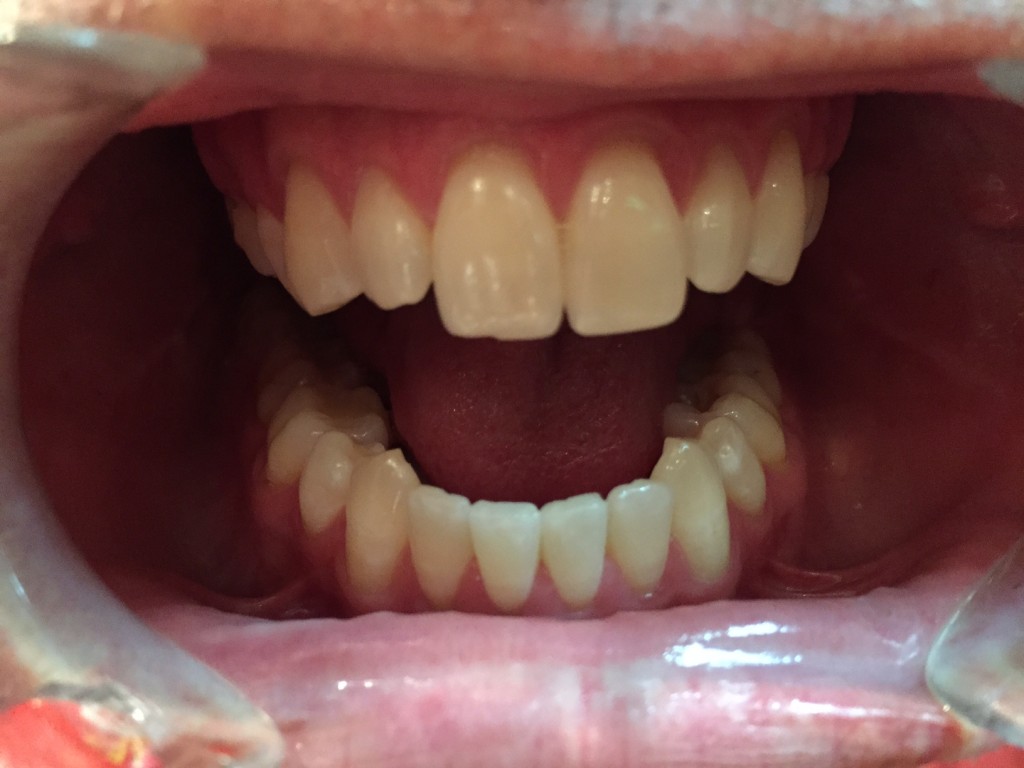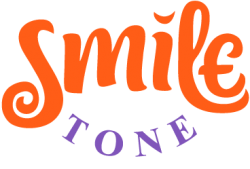Low tongue rest posture
Improper tongue rest posture can lead to unfavourable facial and dental changes and is more influential on the surrounding structures than a tongue thrust. A low tongue rest posture is where the tongue, at rest, sits lower than in the roof of the mouth - usually in the middle of the mouth or in the lower jaw. Ideally at rest, our tongues should be sitting comfortably in the roof of our mouth, teeth slightly apart, lips together and breathing through our nose. This enables the upper jaw to grow to its full potential - encouraging a full broad arch.
A well developed upper jaw not only allows for favourable facial aesthetics, space for teeth to erupt but more importantly, influences the airway space at the back of the nose and throat. If the jaws do not develop sufficiently, the reduced pharyngeal space may increase the likelihood of obstructive sleep apnoea (children and adults) - this has detrimental effects on our overall health.
Chronic mouth breathers, people with large tongues, narrow jaws or those with a tongue-tie often have a low rest tongue posture and increases the chance of dental cross bites, deep bites and under bites. This depends on how low the tongue sits and whether it is also positioned forward, back, midway or to one side of the mouth.
A low tongue rest posture habit can be lasting even if the causative factors are corrected ie. tongue tie has been released or nasal breathing has been established. Myofunctional therapy at Smile Tone can help correct the tongue resting position - creating better habits for better health.

Low tongue rest posture in a chronic mouth breather. Jaws are narrow and under developed. Adult teeth were removed and orthodontic treatment performed to straighten teeth. This person now suffers from airway issues due to the lack of pharyngeal space (throat/nose). Teeth were made to fit the jaw size (including removal of 4) rather than encouraging jaw growth so teeth will naturally fit.


